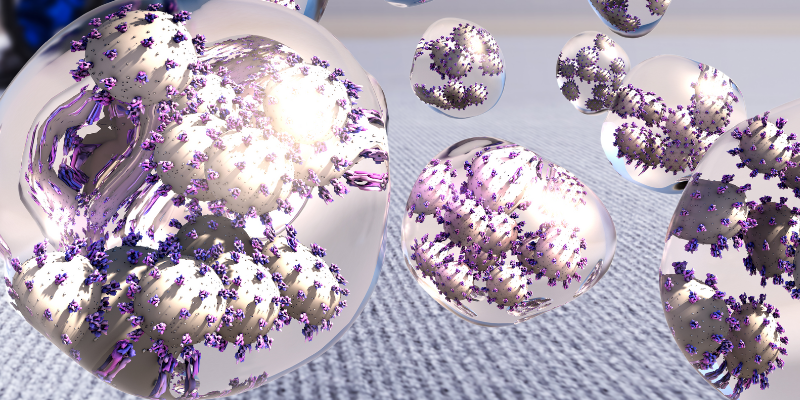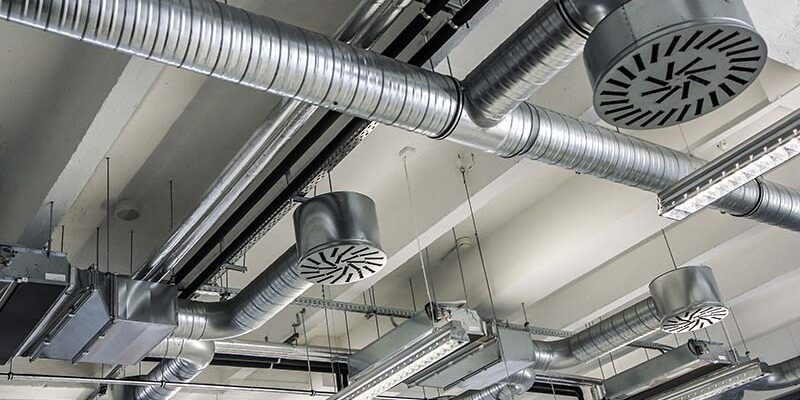The Truth About Dust Mite Allergies

By Doug Hoffman
Some time ago a woman called indignant that her doctor suggested that she had a dust mite allergy. “That’s ridiculous,” she said skeptically, “because how could I be allergic to a tiny little bug?” Well, she was right, but then what is she allergic to?
Dust mites are microscopic bugs that feed on organic material. Scientists tell us that there are approximately 30,000 dust mites in an ounce of dust, and of course, the more dust we have, the more dust mites — it’s a simple fact.
The dust that dust mites feed on is full of organic material, mostly dead skin cells that we constantly slough off, which provides them an unending food supply. Unlike a snake that sheds his entire skin at one time, we shed our skin in tiny microscopic pieces a little at time, all day long, everywhere we go.
To understand just how much food we are providing the dust mites, think about the last time you went to the movie theater. When the lights went down and the bright projector lamp was illuminated, do you remember the tremendous amount of dust you could see in that shaft of light? That dust is the dead skin of everyone who’s been in that theatre over the last few days. Gross! But’s it’s true. And wherever that stuff lands, dust mites can thrive.
When dust mites are thriving and eating their fill of organic material in dust, they are also producing waste, and this is actually what causes the allergic reaction in some people that is commonly referred to as a dust mite allergy. According to allergists, enzymes in the dust mite feces become airborne and can cause allergic reactions like sneezing and runny nose when inhaled. Also gross — but true.
The best way to rid your customers of such an allergic reaction is to address the source by removing the dust mites. One thing we know for sure: The cleaner the environment, the fewer the dust mites. Regular, thorough cleaning that removes dust will remove the food source and thus remove the mites and their droppings. It really is that simple.
Doug Hoffman is the CEO of NORMI, theNational Organization of Remediators and Mold Inspectors. He can be reached via email at[email protected].












